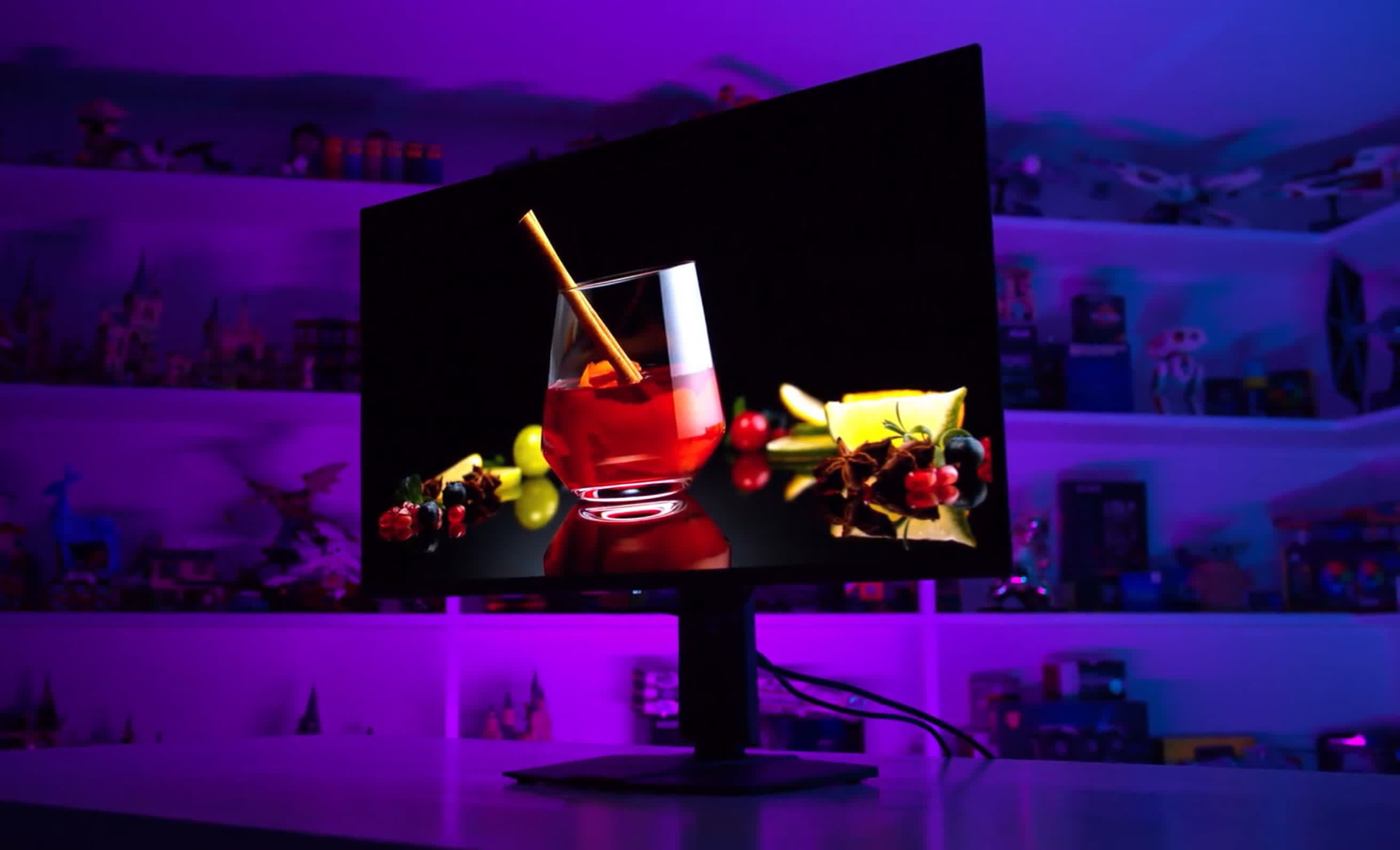The OLED Burn
We've been using the MSI MPG 321URX QD-OLED exclusively as a productivity monitor for the last six months,关键字3 and it's time to check in to see how the panel is holding up in terms of burn-in. Not much has changed in how we've been using this monitor – we've really been pushing it with a worst-case usage scenario for OLED – but there have been a few changes compared to the last time we checked for burn-in.
If you missed the last two updates, we recommend going back and checking out at least the initial article to get an idea of the setup we're using and why we've chosen MSI's 4K 240Hz QD-OLED gaming monitor as our workstation display.
Essentially, the idea here is to perform a real-world test of OLED longevity in the worst possible configuration, effectively burning in the display on purpose. We swapped a 32-inch 4K IPS LCD for this new QD-OLED and changed nothing else about the setup – no dark mode, no screensavers, or anything like that – to see if OLED monitors can truly be used as LCD-equivalent productivity displays long-term.

I use my monitor more than 8 hours a day, sometimes continuously, with no breaks for the display to turn off and rest. This leads to hours upon hours of static usage in applications like web browsers, Microsoft Office (including Excel), and production tasks like Adobe Premiere and Photoshop. With virtually no content consumption and zero gaming in our daily use of this display, this is not how we recommend usingan OLED at all, though it's a use case that has been perfectly fine for LCDs for a long time.
After one month of usage, the MSI 321URX showed no signs of burn-in at all, which was expected. At that point, we'd used the monitor for about 200 to 250 hours. After three months, we started to see faint signs of burn-in, and by that time, we'd used the display for approximately 650 to 750 hours with 71 panel compensation cycles.

Six months into this experiment, we estimate the usage to be between 1,200 and 1,500 hours, and the monitor indicates that it has run 141 compensation cycles. This aligns with what we reported previously – about double the usage and about double the compensation cycles. We're still seeing around 9 to 10 hours of usage at 200 nits of brightness per compensation cycle.
As we mentioned in the last update, the recommended rate for panel protection cycles is every four hours, so in our typical usage, it's running less than half as often as is ideal. However, this is a totally realistic scenario for someone using this display for full-time work, especially if you don't put the monitor to sleep during breaks. We've set the display to sleep after two hours, which is far longer than we would recommend for general OLED use, but it's the same setting we used for our LCD.
(责任编辑:恋着多喜欢)
- 精选足篮专家:永强11连红预测串关!大聪竞彩10连红
- 业绩未达罚吃蟑螂 窗帘公司被离职女员工控诉虐待
- 常年干旱的塔克拉玛干沙漠发洪水了 真的罕见吗?
- 垃圾分类能否解决垃圾处理问题?
- Palm Pilot: The Tablet That Schooled Apple
- Jason Gillespie slams PCB over unpaid dues
- 关于教师节的作文:九月十日——一个美丽的日子
- 某某朝的女子乐坊兑换码更新有什么 某某朝的女子乐坊礼包码最新一览
- 如鸢2024最新兑换码汇总 兑换码使用方法介绍
- 江苏“十三太保”硬刚中国足协,真牛!
- 有关win7关机的一些技巧
- 法法组合是最弱组合?
- NBA总决赛赔率:雷霆呈一边倒 SGA比肩詹姆斯?
- 垃圾分类能否解决垃圾处理问题?
